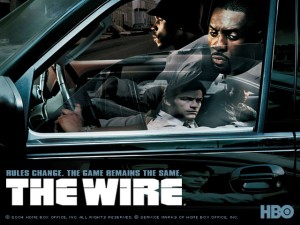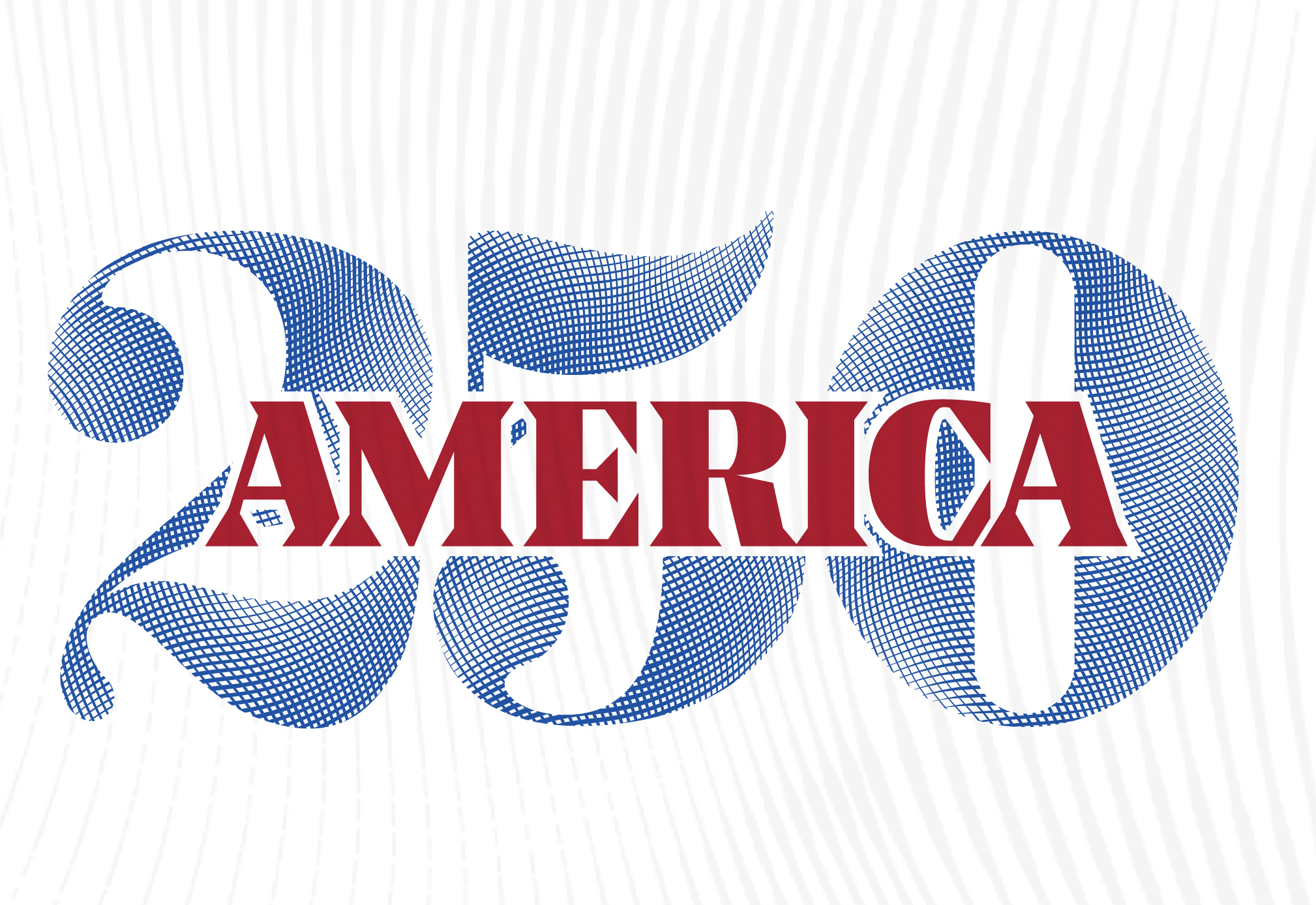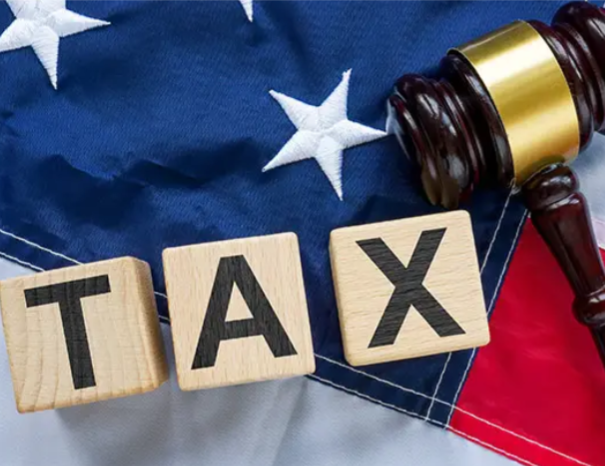(ThyBlackMan.com) In our course on urban inequality at Harvard this semester, we want our students to understand the roots of the social conditions in America’s inner cities. To that end, we get some help from Bodie, Stringer Bell, Bubbles and others from HBO’s “The Wire.”
Take this scene in a Baltimore housing project from the show’s first season: Two teenage drug dealers marvel at the ingenuity of their boneless Chicken McNuggets and imagine the inventor who must have become incredibly rich off his creation. An older dealer, D’Angelo, mocks their naivete, explaining that the man who invented the McNugget is just a guy in the McDonald’s basement who dreamed up a money-making idea for the real players.
To D’Angelo, the formal labor market is fundamentally unfair. People are not rewarded according to their true worth, and powerful institutions regularly  exploit those with less power. Social inequality is the inevitable result — the McNugget inventor doesn’t get his due. “It ain’t about right. It’s about money,” D’Angelo tells the young dealers.
exploit those with less power. Social inequality is the inevitable result — the McNugget inventor doesn’t get his due. “It ain’t about right. It’s about money,” D’Angelo tells the young dealers.
“The Wire,” which depicted inner-city Baltimore over five seasons on HBO, shows ordinary people making sense of their world. Its complex characters on both sides of the law defy simplistic moral distinctions. Critics loved it. Its fans hung on every episode. We think it is more than just excellent television. Impressed by its treatment of complex issues, we developed a course at Harvard drawing on the show’s portrayal of fundamental sociological principles connected to urban inequality. Our seminar was designed for 30 students; four times that many showed up for the first class last week.
Of course, our undergraduate students will read rigorous academic studies of the urban job market, education and the drug war. But the HBO series does what these texts can’t. More than simply telling a gripping story, “The Wire” shows how the deep inequality in inner-city America results from the web of lost jobs, bad schools, drugs, imprisonment, and how the situation feeds on itself.
Those kinds of connections are very difficult to illustrate in academic works. Though scholars know that deindustrialization, crime and prison, and the education system are deeply intertwined, they must often give focused attention to just one subject in relative isolation, at the expense of others. With the freedom of artistic expression, “The Wire” can be more creative. It can weave together the range of forces that shape the lives of the urban poor.
The last season of “The Wire” aired before the Wall Street collapse in 2008, so the show reminds us that inner-city residents faced profound disadvantages even before the downturn. For decades, poor, urban, black neighborhoods have been devastated by factory closings, crippling joblessness, failing schools and government neglect. Before the recession began in 2007, only 59 percent of black men over age 20 in cities were employed, compared with 74 percent of white men nationwide, according Bureau of Labor Statistics data. In 2009, the share of black men in cities who had jobs dropped to just 55 percent, compared with 69 percent of white men in the United States.
“The Wire” shows how these statistics play out. With limited prospects for stable employment, many characters enter the illegal drug trade. There are the executives who direct gang operations, such as Avon Barksdale and Stringer Bell, and the lower-level dealers on the corner, such as Bodie and Poot. The wide availability of drugs devastates Bubbles, who struggles with addiction, and the whole neighborhood is endangered by the violence between gangs vying for control of the trade.
A core theme of “The Wire” is that various institutions work together to limit opportunities for the urban poor. In its first season, the show focuses on the war on drugs, which it convincingly depicts as an ill-conceived undertaking whose outcome has been the mass jailing of nonviolent offenders. Cops such as Carver and Herc patrol the neighborhood and repeatedly arrest dealers on the corner; Wee-Bey, Avon and Cutty are in and out of prison throughout the series. But the community does not seem safer, and the drug trade has hardly been curtailed.
These story lines draw students into important academic research, such as sociologist Bruce Western’s book “Punishment and Inequality in America.” His analysis shows that widespread incarceration of the urban poor aggravates economic inequality, masking the hardship in urban communities and producing a growing population of ex-convicts unable to find stable jobs to support their families.
Subsequent seasons of “The Wire” examine the disappearance of jobs and the devaluation of labor, the often shady world of urban politics, the troubled urban education system and the negligence of the mainstream media in coverage of important local issues. All these institutions and social forces exacerbate inequality. “The Wire” presents these complex processes without sacrificing nuance or resorting to oversimplification.
The series also provides an opportunity to address another issue frequently debated by social scientists: depictions of the black poor. Some have maintained that “The Wire” reinforces stereotypes of the urban poor as dependent on welfare, lazy, criminal and immoral — perceptions that too often influence decisions about who is deemed worthy of assistance. But in our view, the show powerfully undermines those stereotypes. Through its scrupulous exploration of drug-dealing gangs, the police, politicians, unions, public schools and the print media, viewers see that an individual’s decisions and behavior are often shaped by — and indeed limited by — forces beyond his or her control.
“The Wire” is fiction, but it forces us to confront social realities more effectively than any other media production in the era of so-called reality TV. It does not tie things up neatly; as in real life, the problems remain unsolved, and the cycle repeats itself as disadvantages become more deeply entrenched. Outside the world of television drama, sociologists aim to explain what causes certain social conditions and then assess the merits of competing theories. The solutions, however, are usually less clear. “The Wire” gets that part right, too.
Trying to steer the young Dukie away from the crime and drug trade in his neighborhood, former gang member Cutty tells him that the “world is bigger than that.” With a tinge of hope that his life might be different, Dukie asks, “How do you get from here to the rest of the world?” The response: “I wish I knew.”
Written By Anmol Chaddha & William Julius Wilson

















Leave a Reply